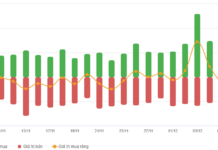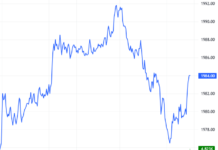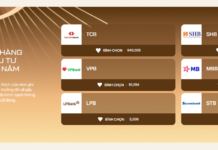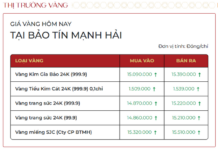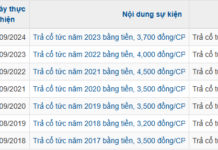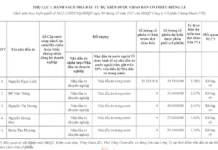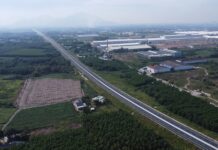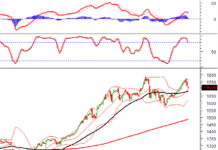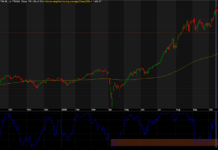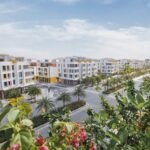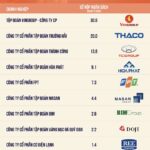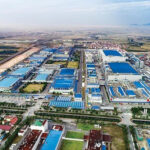
Hòa Bình is a mountainous province in the Northwest region of Vietnam, spanning an area of approximately 4,590 square kilometers and housing a population of over 860,000 people. Strategically located, Hòa Bình serves as a gateway connecting the Northwest provinces with the Red River Delta provinces, the capital city of Hanoi, and the northeastern development triangle of Hanoi – Haiphong – Quang Ninh.

Recognizing its strategic importance, Hòa Bình has invested in developing a well-established road network, including National Highways 6, 12B, 21, and 15, as well as the Hòa Lạc – Hòa Bình road, which greatly facilitates economic and social development by providing efficient transportation routes.

According to the provincial plan for road network development, Hòa Bình province will see the addition of new roads, notably including two expressways with four sections passing through the province: the North-South Expressway in the West (Ba Vi – Cho Ben and Cho Ben – Thach Quang sections) and the Hanoi – Hòa Bình – Son La – Dien Bien Expressway (Hoa Lac – Hòa Bình and Hòa Bình – Moc Chau sections).

The construction of these expressway sections is currently under consideration, with estimated investments of over 9,100 billion VND for the Ba Vi – Cho Ben section (57 km, 6 lanes), 9,382 billion VND for the Hoa Lac – Hòa Bình section (23 km, 6 lanes), and approximately 10,000 billion VND for the Hòa Bình – Moc Chau section (34 km/83 km, 2 lanes). Once completed, these sections will significantly enhance regional connectivity for Hòa Bình province.

In addition to its robust road network, Hòa Bình also boasts a favorable water transport system on the Da, Boi, Bu, and Buoi rivers, facilitating the transportation of goods and trade within the province.

To maximize the potential of its waterways, Hòa Bình has also developed hydropower plants, notably on the Da River. The Hòa Bình Hydropower Plant, constructed between 1979 and 1994, is considered the largest hydropower project in Southeast Asia in the 20th century and currently ranks second in Vietnam in terms of capacity, after the Son La Hydropower Plant.

The Hòa Bình Reservoir, created by the hydropower plant, is the largest artificial lake in Vietnam, spanning an area of 80 square kilometers and a length of 240 kilometers. It holds 9.5 billion cubic meters of water, approximately 2.5 times the volume of Thác Bà Lake and six times that of Dầu Tiếng Lake.

With its strategic location, well-developed infrastructure, and diverse natural resources, Hòa Bình province is poised for significant growth and development. In 2023, the province’s total state budget revenue is estimated to exceed 4,300 billion VND, while local budget revenue is expected to surpass 23,000 billion VND, with expenditures estimated at over 15,000 billion VND.
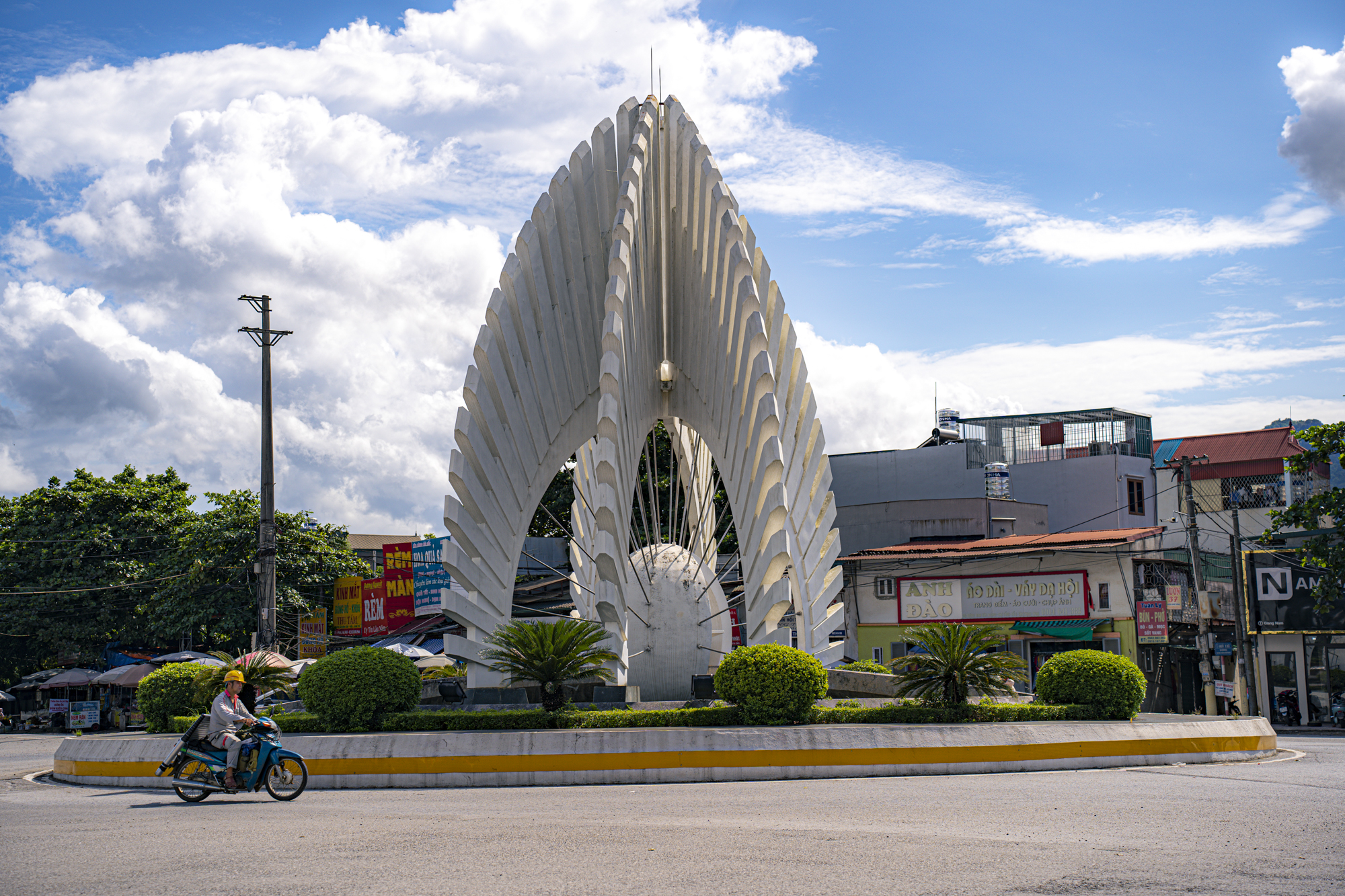
Additionally, the province’s gross regional domestic product (GRDP) is estimated to reach over 32,000 billion VND, with the industrial production value exceeding 16,000 billion VND and total retail revenue nearing 12,300 billion VND.

The province’s economic and social development has attracted significant investment opportunities from domestic and foreign enterprises. Notably, in April 2024, the Meiko Group from Japan, a leading global manufacturer of electronic circuit boards, commenced construction of an electronic printed circuit board (PCB) factory in the left bank of the Da River Industrial Park in Hòa Bình city, with a total investment of 200 million USD. The factory is expected to contribute 200 billion VND in annual revenue to the province’s budget.


During the period of 2026-2030, Hòa Bình province is expected to have 17 urban areas (compared to the current 11). These urban areas will develop in a chain model, consisting of a central administrative-political city and satellite towns, interconnected by a semi-ring road system combined with longitudinal and transverse axes.
The Rise of Long-Term Investments: Phu Quoc’s Seafront Condos with Permanent Ownership in High Demand
The Phu Quoc real estate market is witnessing a paradigm shift towards long-term investment strategies. Seafront apartments with permanent ownership are currently dominating the scene, offering a unique combination of legal credibility, scarcity, competitive pricing, and lucrative investment potential. These properties provide the perfect opportunity for those seeking a stable and profitable future in this vibrant coastal destination.
The Ultimate Guide to the Top 10 Private Sector Conglomerates Contributing to Vietnam’s Economy: Unveiling Surprising Commonalities
The top three performing enterprises, with their exceptional tax contributions, are all key players in the automotive industry. These enterprises are currently the largest private automotive companies in Vietnam, despite their diverse business portfolios.


